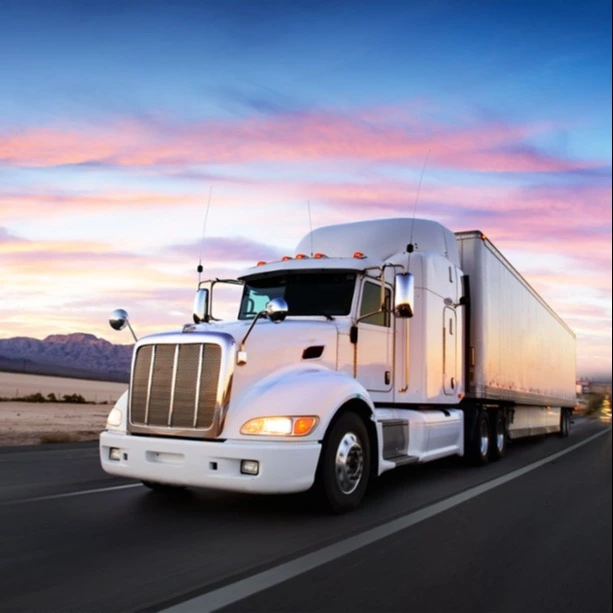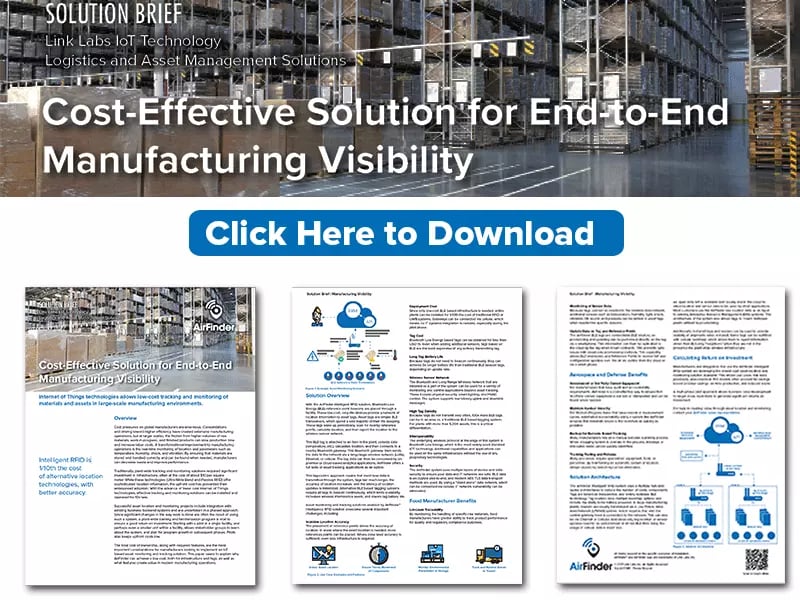Supply chain management refers to the various aspects of your goods as they move around—whether it’s from vendor to OEM, warehouse to warehouse, from warehouse to customer, or any other movement. Your supply chain is a subset of the logistics in general, which refers to the administration of dealing with the operational parts of your business.
Until recently, the Internet of Things (IoT) was namely used to track delivery or transfer trucks via GPS signal so companies could feed that position into package- and truck-level intelligence. Today, there is a new push in the IoT supply chain industry to extend data gathering to the box or pallet level.
There are a few reasons why this is now possible:
- First, the cost of sensors and radios has gone down significantly. In fact, many of these sensors can now be purchased for less than $10 each. This allows organizations to implement efficient battery-powered sensors that save power costs as well as costs upfront.
- Additionally, the ubiquity of cellular M2M connections in trucks creates more opportunity in the IoT supply chain space. Since an internet connection is essentially available on the truck, there are many possibilities to leverage sensing beyond simple GPS telematics.
Looking for a detailed explanation of low power, wide-area networks? Download this free white paper.
The Internet of Things transformed today's logistics and supply chain. For example, asset tracking ensures high-value shipments make it through complex distribution channels. Another IoT use case is monitoring business-to-business consumables like lubricants going to an auto shop. IoT connects you to your operations.
If you’re looking at building out IoT logistics or supply chain solutions, here are a few things to keep in mind.
IoT Supply Chain: 3 Things To Remember When Building Out A Solution
1. Not all sensors are created equal.
Let’s say you’re interested in measuring the air temperature inside a cosmetics shipment crate. The temperature sensors you could potentially purchase have a range of costs as well as a range of accuracies. (Some could be off as much as 3-4 degrees Celsius!) They can also have precision biases, which is when the voltage of the battery affects the reading.
So unless you purchase a precalibrated, highly accurate, voltage-tolerant sensor—which will rachet your price up a bit—you should prepare to have some inaccuracies or biases. There is somewhat of a trade-off between the minimum viable sensor and the ideal sensor—so as you examine your options, you can keep this in mind and see what the cost trade-offs are. Because while a highly accurate sensor may sound ideal, the application you’re using it for may not require such precision.
2. GPS isn’t always the answer.
Many companies are fixated on GPS for IoT supply chain location positioning—but this is a poor choice for many of these applications, because it requires a clear view of the sky. We’ve found a workaround in another method—using a WiFi chip in the sensor to scan the environment for access points. For instance, Google has an API that allows you to push in the access point ID (MAC address) and RSSI of WiFi access points around your sensor, and gives back your mapped location. WiFi has a lot more signal margin and far better performance than GPS—and because WiFi chips are relatively inexpensive, this is a price-equivalent solution to GPS.
3. If you want to use Bluetooth, you’ll need a bridge.
If you’re interested in using Bluetooth for your IoT supply chain solution, you’ll need to determine what the Bluetooth will talk to. We’ve heard many people say it will talk to the driver’s phone, but there are two reasons why that typically doesn’t work: the phone probably doesn’t have the margin to do so and relying on a driver to install an app on his or her phone isn’t a viable communication method.
If you want to use Bluetooth, you’ll need an inexpensive, standards-based fixed Bluetooth hub as the go-between for the cellular-connected data system in the cab of the truck and the small, battery-powered sensor in the box or pallet.
In Conclusion
When you go to purchase an IoT logistics connectivity solution, remember that it’s not all about the cost of the sensor itself. There are various costs associated with provisioning, training, moving sensors around, application development, and much more. So, remember to consider all of the parts of a potential solution, keep in mind the cost of implementation, and weigh those elements against the value it will create for you.




